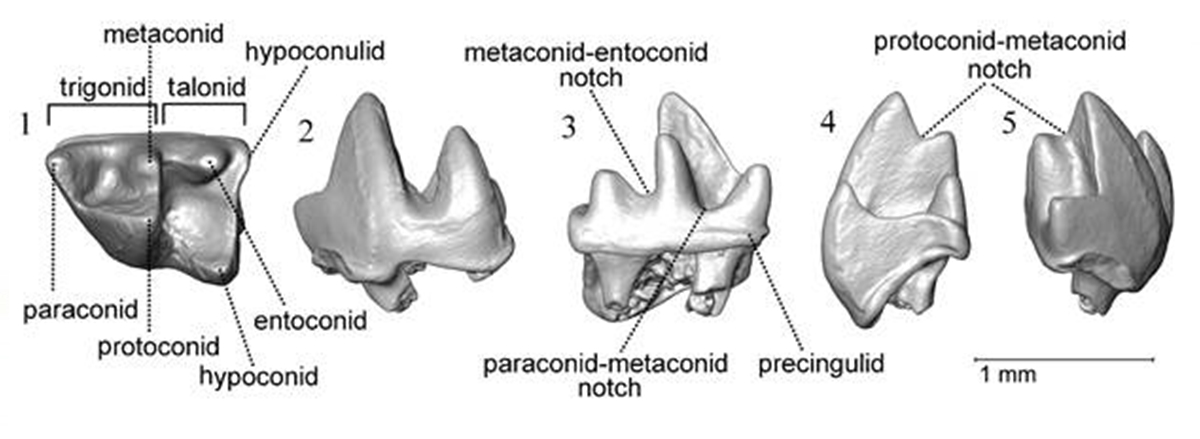Important Facts For Prelims
Treeshrew Spotted in Jammu and Kashmir
- 02 Jul 2022
- 3 min read
Why in News?
Recently, Scientists have spotted fossils of a small mammal resembling squirrels called treeshrew (known as Sivatupaia ramnagarensis) belonging to a new genus and species from Jammu and Kashmir.
What are the Key Points Related to Treeshrew?
- About:
- This treeshrew currently represents the oldest record of fossil tupaiids in the Siwaliks, extending their time range by 2.5-4.0 Million Years in the region.
- Tupaiids refers to several species of East Indian and Asiatic insectivores of the family Tupaiidæ, somewhat resembling squirrels in size and arboreal habits. The nose is long and pointed.
- Treeshrews are very rare elements of the fossil record, with only a few species known throughout the entire Cenozoic era.
- Cenozoic Era means 66 million years ago until today or 'recent life'.
- During this era, plants and animals look most like those on Earth today.
- Periods of the Cenozoic Era are split into even smaller parts known as Epochs.
- Dietary analyses suggest that the new tupaiid was probably adapted for a less mechanically challenging or more fruit eating diet compared to other extant and fossil tupaiids.
- A dietary analysis is a nutritional assessment that allows technicians to analyse the patterns, quantity, and nutritional quality of food consumed by an individual.
- This treeshrew currently represents the oldest record of fossil tupaiids in the Siwaliks, extending their time range by 2.5-4.0 Million Years in the region.
- Significance of the Discovery:
- The identification of time sensitive dental features and species in the current collection helps to provide a more precise age estimate for this Ramnagar locality as between 12.7-11.6 Million Years.
What are Siwalik sediments?
- The Siwalik is a thick sedimentary sequence forming the youngest mountain belt, extending throughout the East- West of the foothills of the Himalayas.
- Siwalik documents the evolution of many mammalian groups from the middle Miocene Epoch through Pleistocene including treeshrews, hedgehogs, and other small mammals.
Miocene Epoch
- The Miocene Epoch is the period between 23.03 to 5.3 million years ago. It was a time of warmer global climates.
- It's notable in that two major ecosystems made their first appearances: kelp forests and grasslands. The expansion of grasslands is correlated to a drying of continental interiors as the global climate first warmed and then cooled.
- Important Miocene deposits occur in North and South America, southern Europe, India, Mongolia, East Africa, and Pakistan.
Pleistocene (Ice Age)
- It is the geological epoch that lasted from about 2,580,000 to 11,700 years ago, spanning the earth's most recent period of repeated glaciations.
- It was during the Pleistocene that the most recent episodes of global cooling, or ice ages, took place.







